Atomic Number 3
Ongoing project

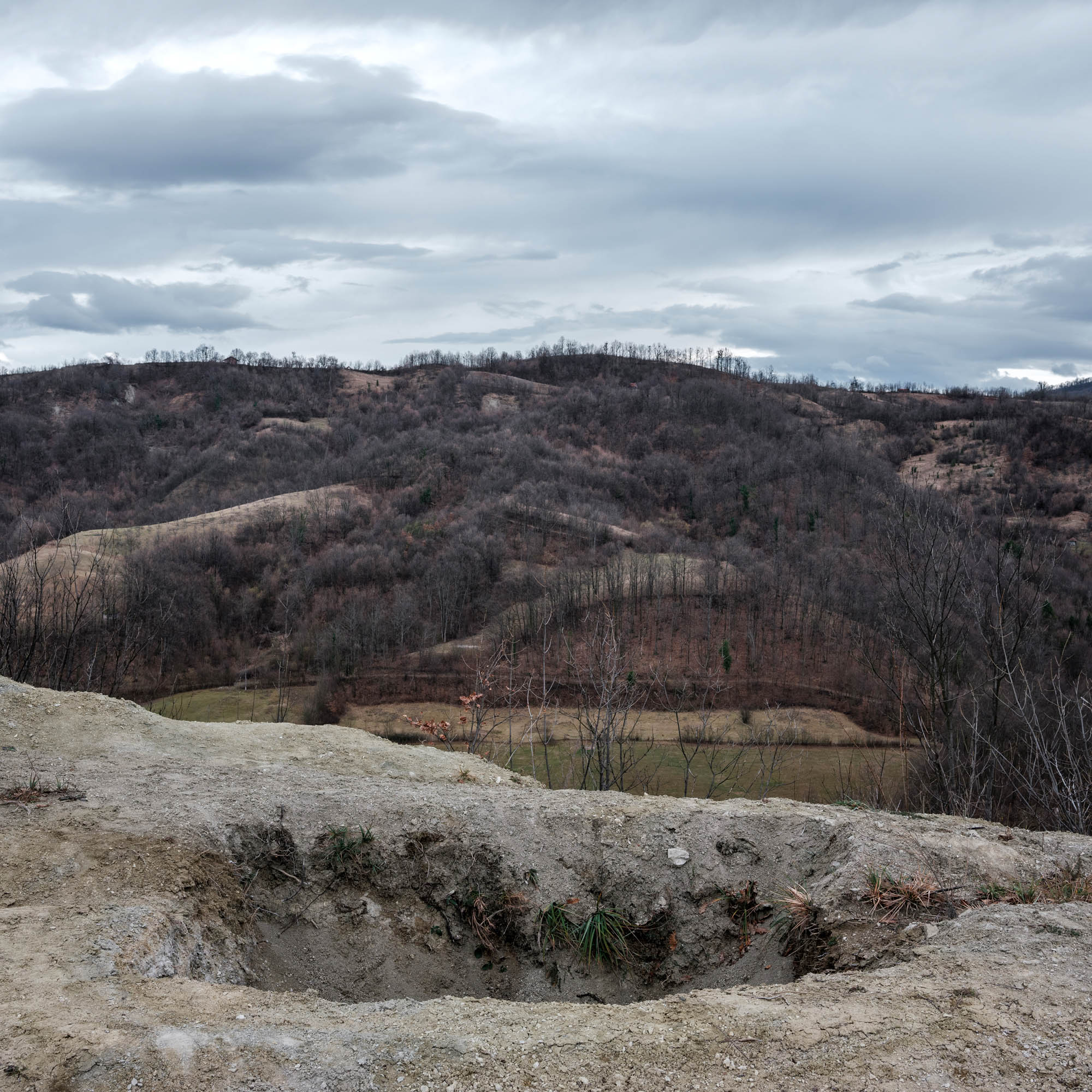
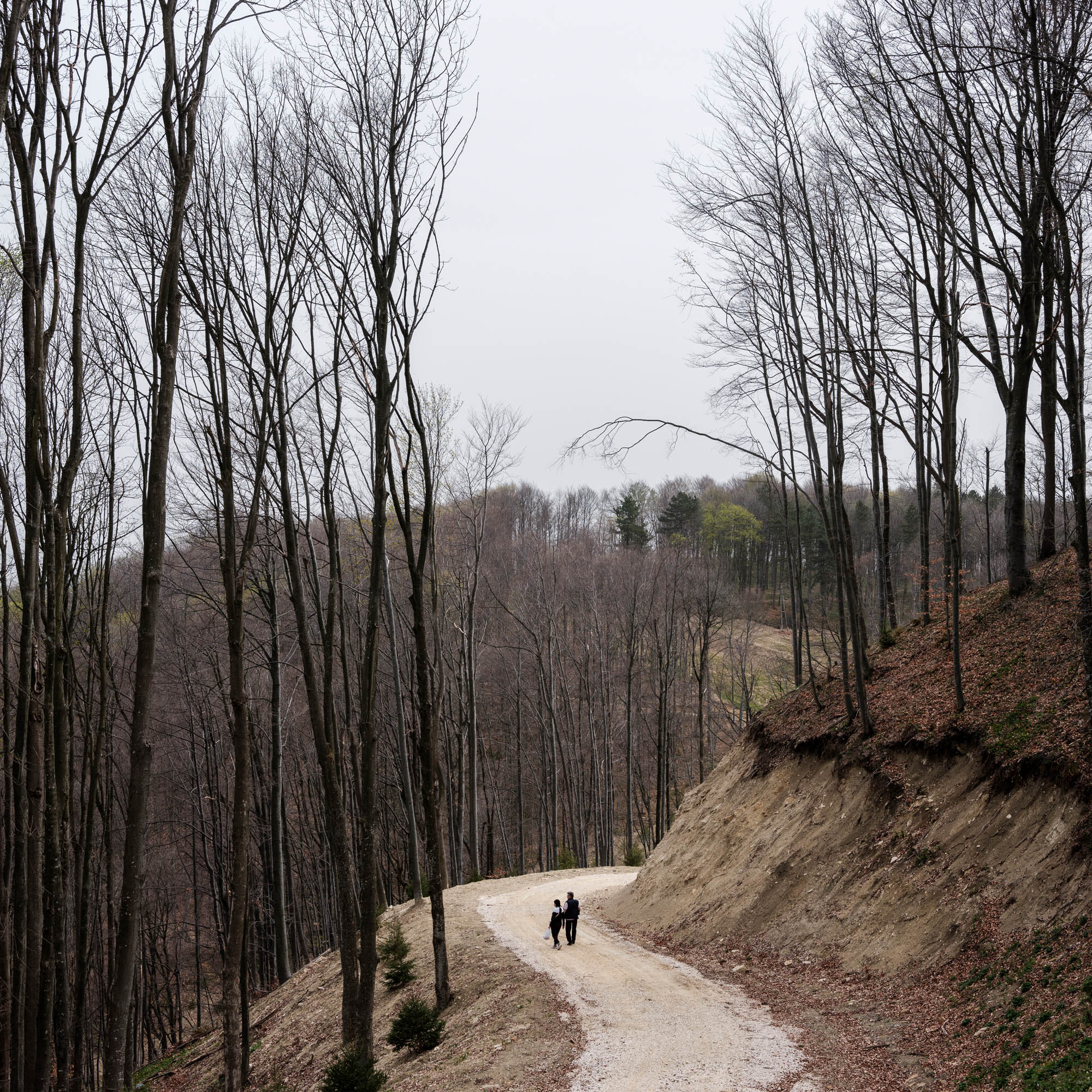







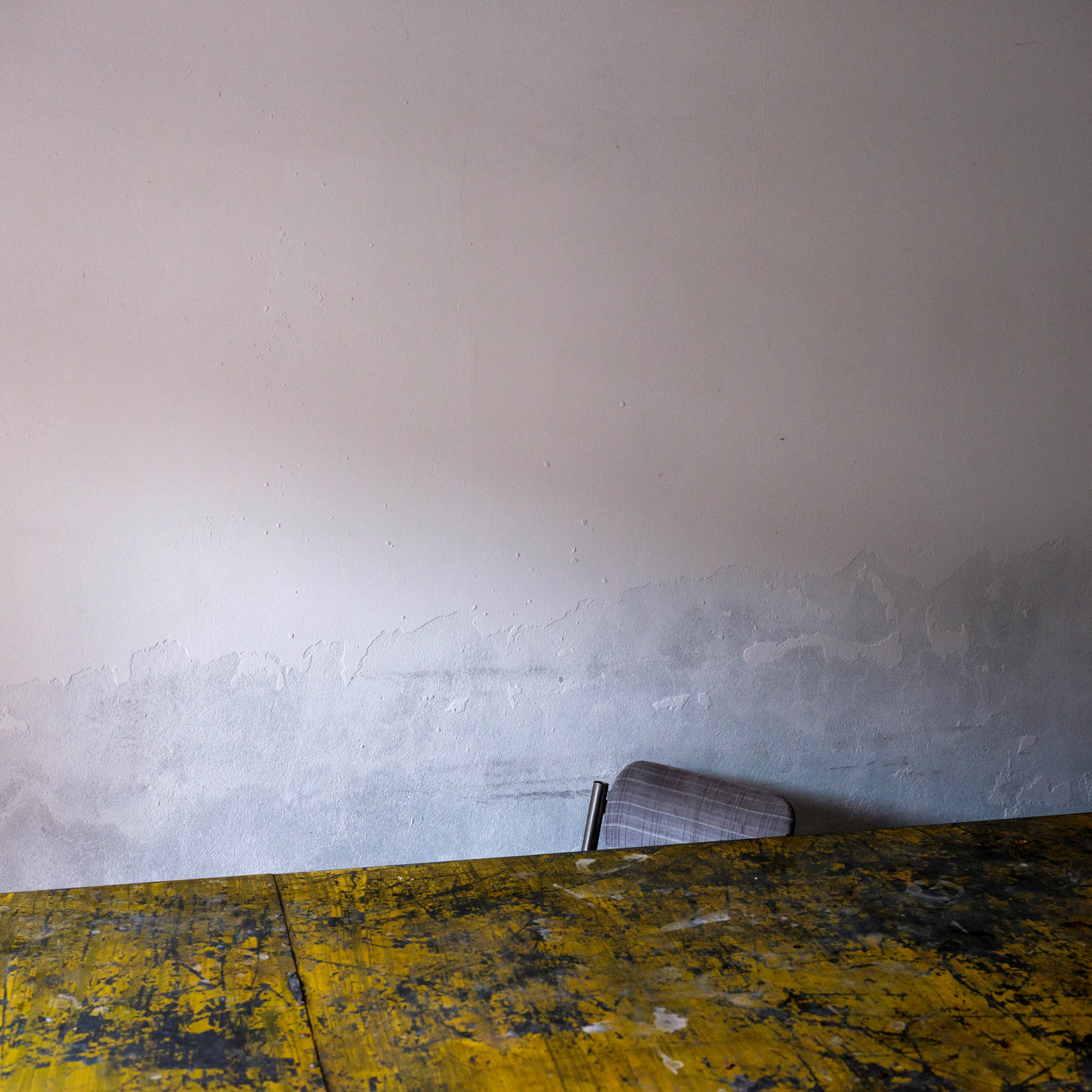


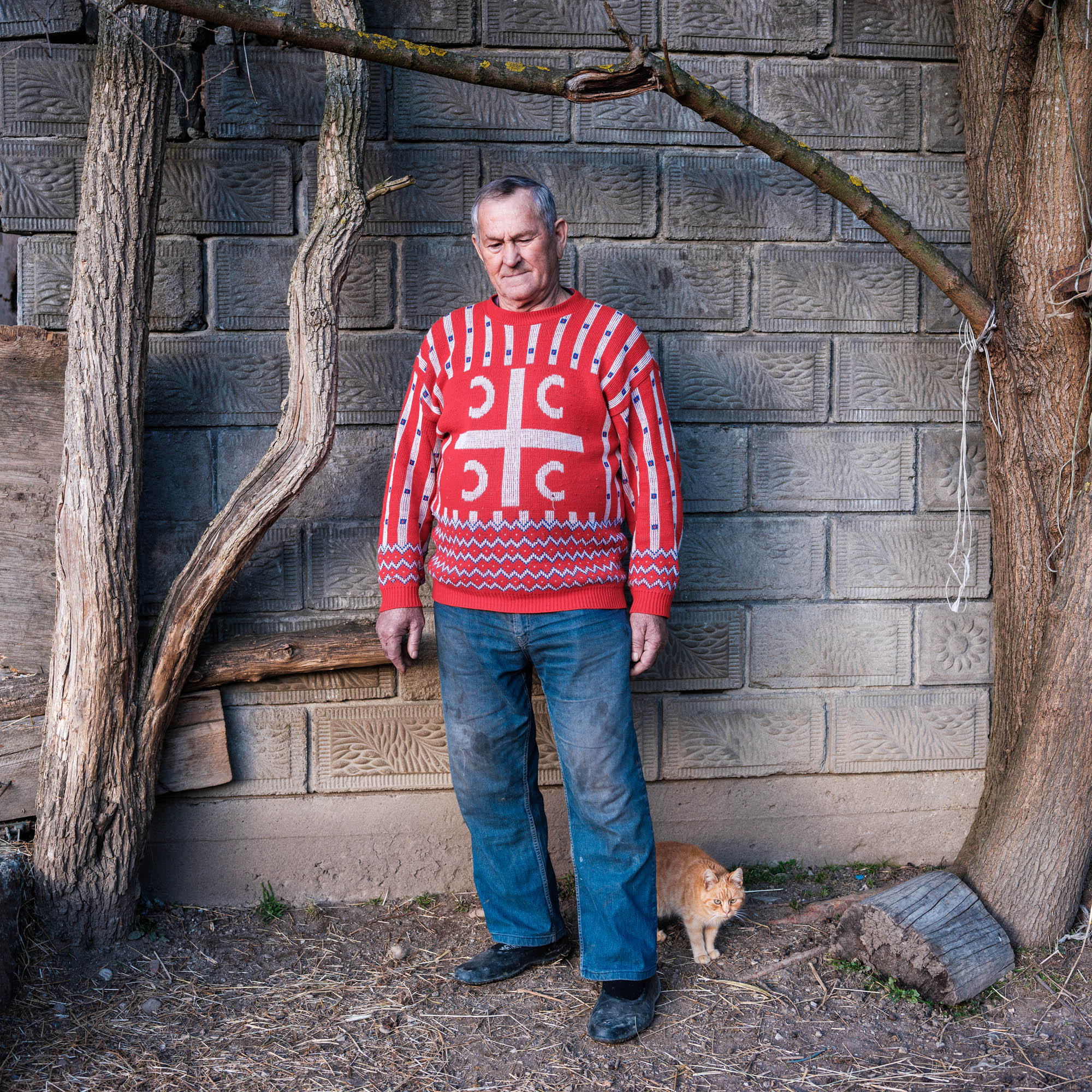








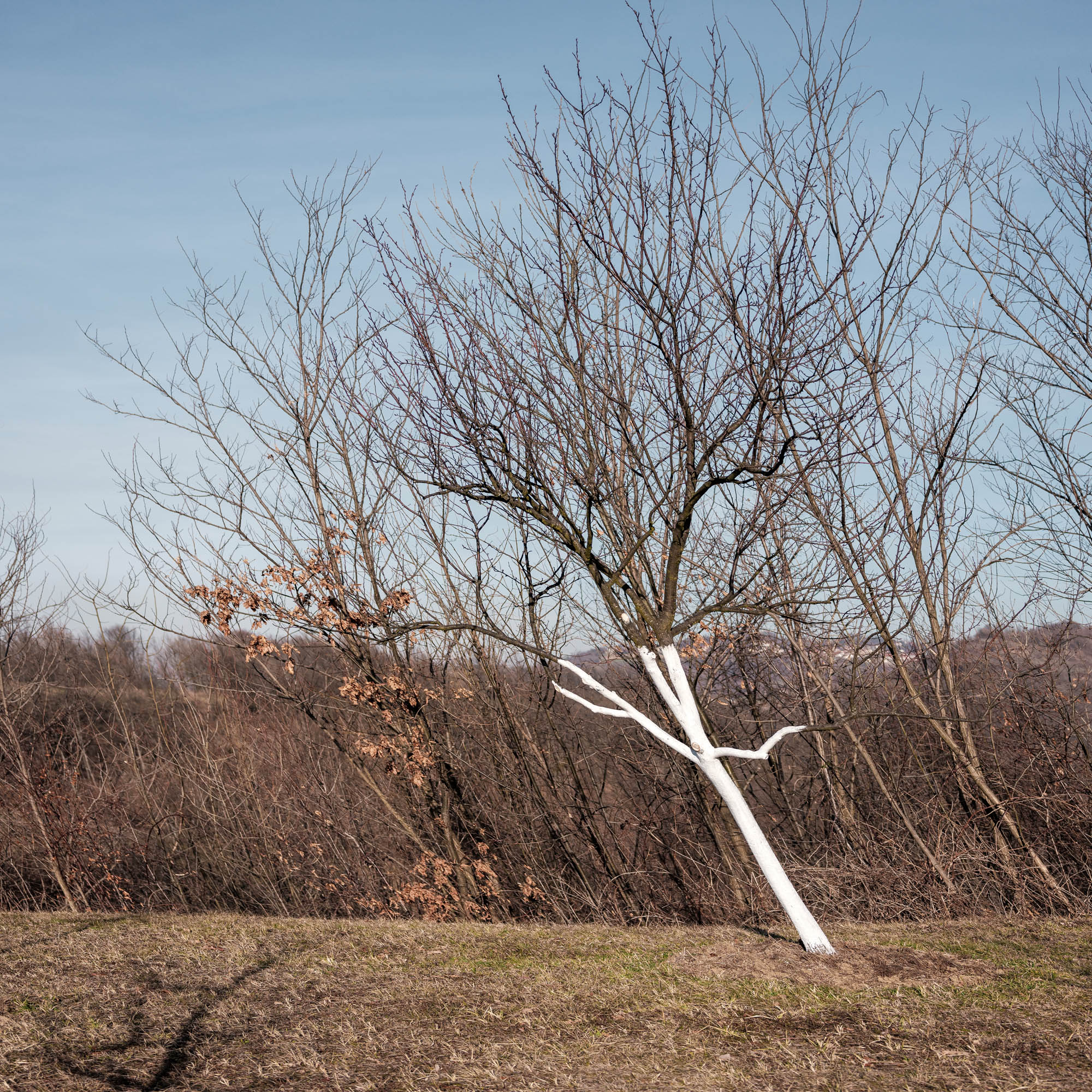

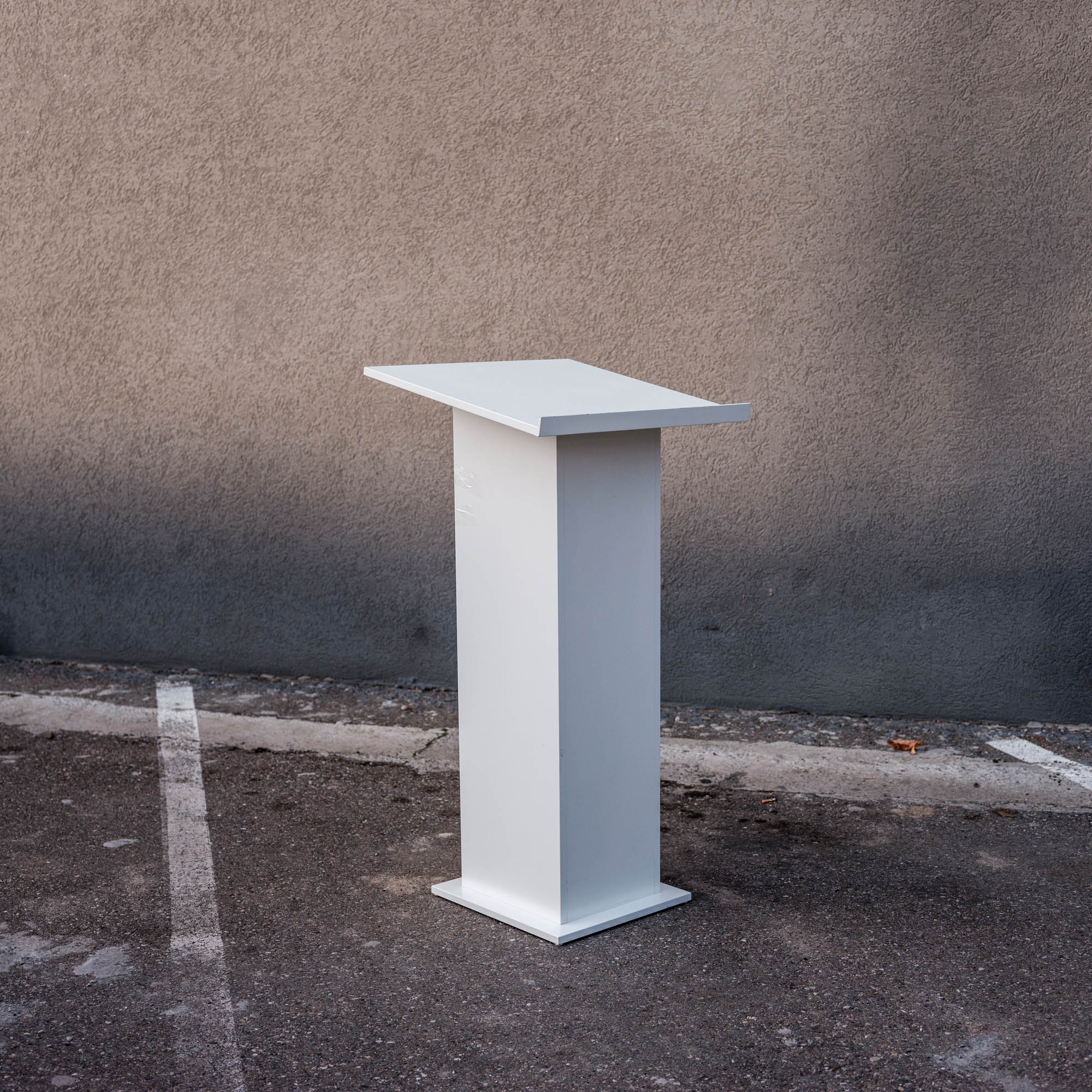
A year after the decision was made not to open a lithium mine in western Serbia, news comes that this mineral has been found in Bosnia and Herzegovina. The Bosnian location is situated in Lopare, about fifty kilometers away from Loznica in Serbia, where during 2021 and 2022, locals protested due to concerns that the planned mine by the “Rio Tinto” company, which was interested in exploitation, could pollute the environment, land, and river basin. Swiss company “ArCore AG” claims to have discovered large quantities of lithium near Lopare, in eastern Bosnia and Herzegovina, which is why they announce their intention to seek permission for mining from the relevant entity ministry. This both delighted and alarmed the local population and the public. While on one hand they anticipate the opening of mines, factories, and job opportunities in this extremely underdeveloped municipality, on the other hand, they are concerned about the potential negative impacts on their health and the environment. Meanwhile, environmentalists warn that the opening of lithium mines will not bring much benefit to the municipality, except for pollution. They justify their claims by pointing out the methods and techniques of lithium mining and extraction, which they say can be very harmful to the environment and human health. The preliminary resource assessment indicates approximately 2.4 million tons of lithium carbonate and approximately 33.1 million tons of boric acid, suggesting a considerable resource within the European context, as stated in the project information on the website of the European Lithium Institute. According to the United States Geological Survey (USGS), lithium is currently obtained worldwide from underground saltwater lakes and from ores. These two production methods differ in their techniques and potential environmental impact. In lithium production facilities from underground salt reservoirs, saline groundwater is pumped to the surface and then poured into large open ponds where the water evaporates, leaving behind salt deposits. Once a sufficiently high lithium concentration is achieved through evaporation, chemical treatment follows. Regarding the mining of lithium-containing ores, it is necessary to extract the ore and process it to separate the lithium. Certain acids are used during this process, and the ore is then washed with water. Waste water and toxie slag are stored in ponds. In a study by a group of scientists titled “Global navigation of lithium in aquatic bodies and a new human health crisis,” published in the journal “Nature,” it is noted that lithium mining inevitably brings negative environmental consequences. The extraction of lithium for technological industries inevitably comes with environmental costs such as air pollution, encroachment on indigenous land, destruction and fragmentation of wildlife habitats, and depletion and contamination of water resource. The European Commission has developed plans for the “Green Transition” to address the climate crisis. This entails transitioning from fossil fuels to cleaner energy sources such as wind and solar power. In line with the “Green Transition,” it is planned to ban the sale of vehicles with internal combustion engines by 2035 and to enable widespread availability of electric vehicles. This transition requires large quantities of lithium, which is a key component of rechargeable batteries needed for electric vehicles. Additionally, it is essential in energy storage facilities, which will be necessary for the transition to wind and solar energy. Therefore, lithium was included on the list of critical raw materials with a risk of scarcity by the European Commission as early as 2020. The action plan envisages reducing the EU’s dependence on raw materials from outside the European continent. At the same time, the European Raw Materials Alliance has been formed, strongly supporting projects for lithium exploration and exploitation within Europe to compete in a market dominated by China. According to data from the United States Geological Survey as of January 2021, about 71 percent of mined lithium ends up in batteries, and this percentage has been steadily increasing in recent years. The majority of lithium-bearing ores are mined in Australia, Argentina, Chile, and China, while lithium-rich ores have also been found in Serbia, Austria, the Czech Republic, Germany, and Spain. The largest lithium reserves in the world are found in Bolivia, with 21 million tons. Argentina has reserves of 19.3 million tons, Chile 9.6 million tons, and Australia 6.4 million tons. Lopare, Bosnia and Herzegovina, according to estimates, sits on a potential largest lithium deposit in Europe